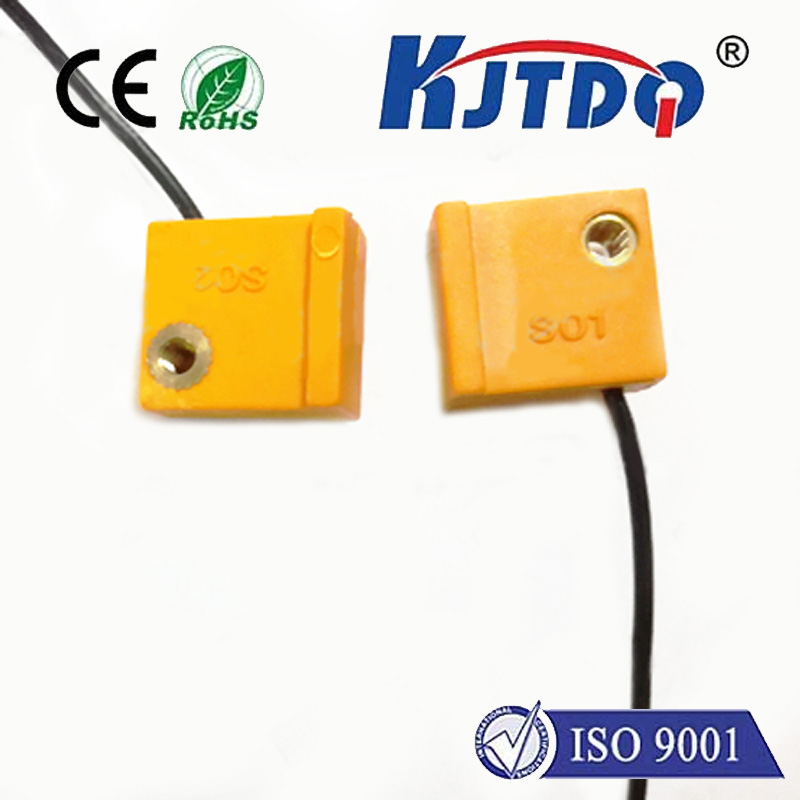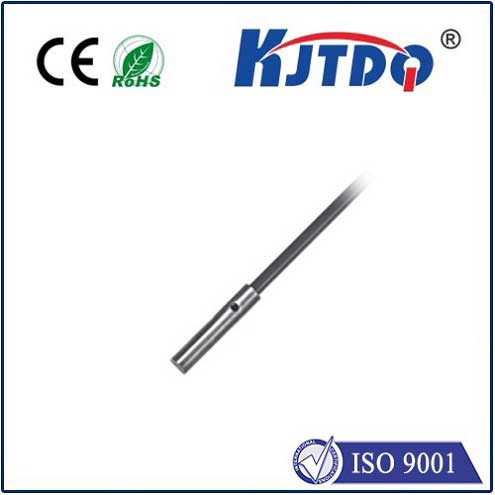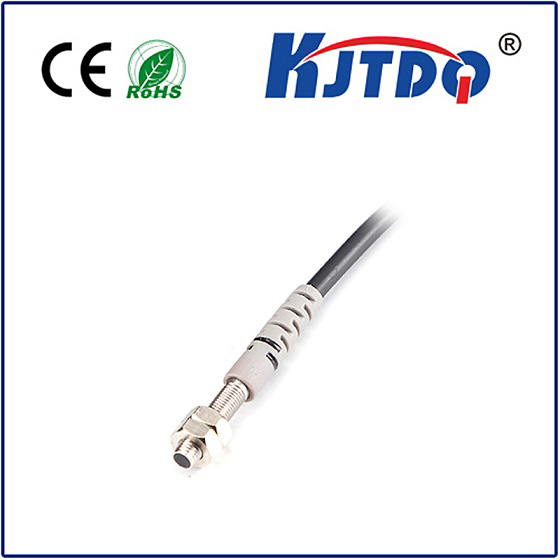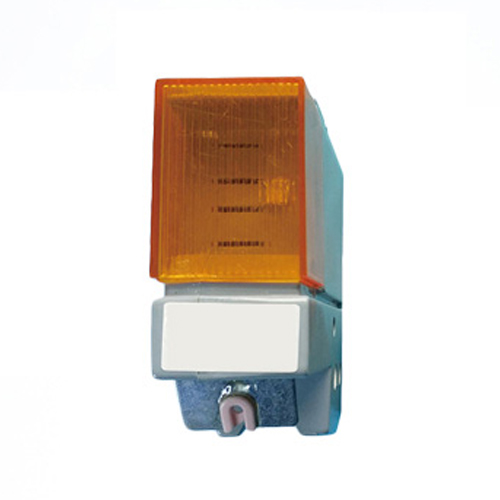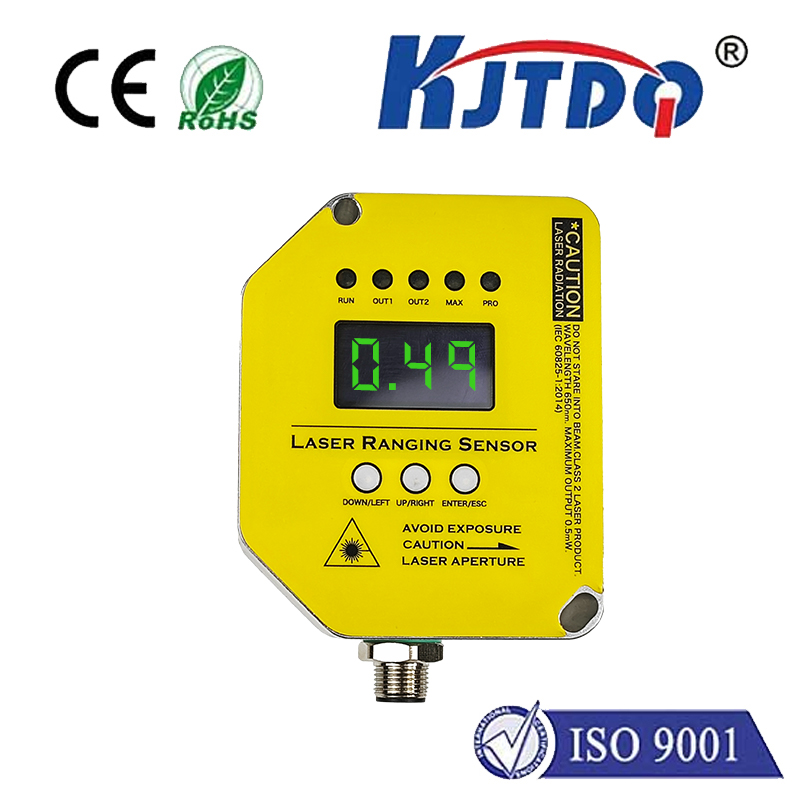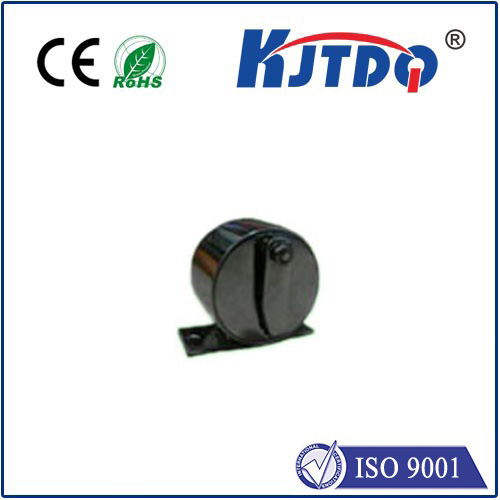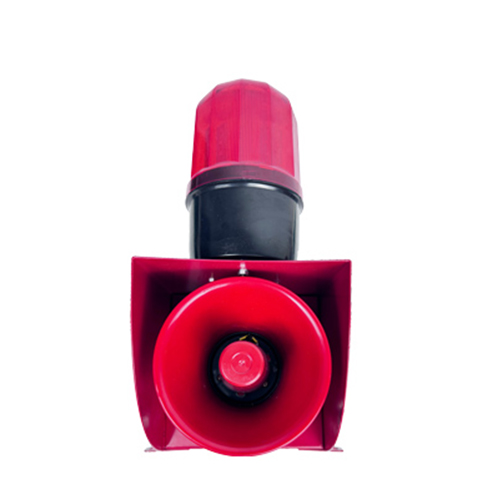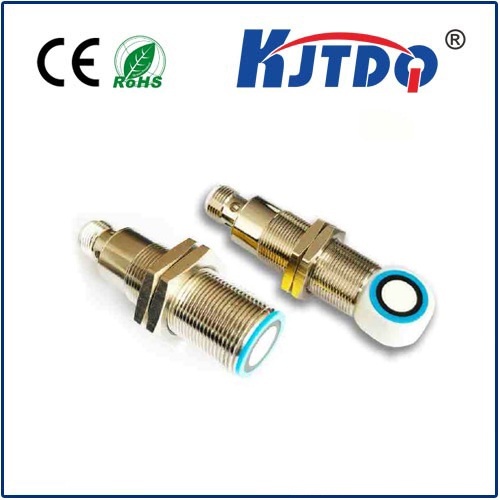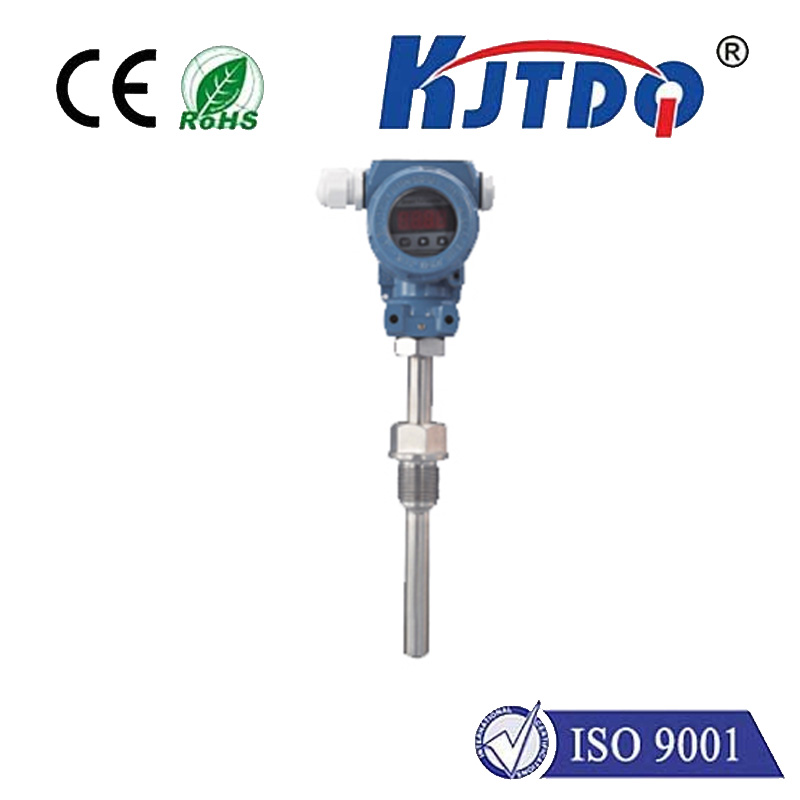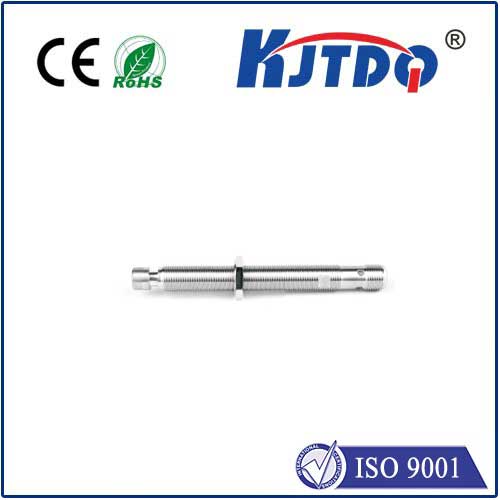bms temperature sensor
- time:2025-08-22 03:31:36
- Click:0
The Critical Role of Temperature Sensors in Battery Management Systems
Picture this: an electric vehicle humming along the highway, or a grid-scale battery bank storing solar energy. Suddenly, a faint wisp of smoke appears, escalating rapidly. One of the most devastating triggers for such catastrophic events? Thermal runaway – an uncontrolled surge in temperature within a lithium-ion cell. This dramatic scenario underscores why precise temperature monitoring isn’t just helpful; it’s absolutely critical for the safety, longevity, and performance of modern battery packs. At the heart of this vital safety net lies a seemingly simple, yet profoundly important component: the BMS temperature sensor.
Why Temperature is the Keystone of Battery Safety and Health
Lithium-ion batteries power our modern world, from phones to transportation and renewable energy storage. However, they operate within very strict thermal boundaries.
- Safety First: Preventing Thermal Runaway: Exceeding safe temperature limits (often starting around 60°C / 140°F, with runaway triggered near 200°C / 392°F in some chemistries) can initiate a devastating chain reaction. Decomposition of internal materials generates heat and flammable gases, potentially leading to fire or explosion. Fast and accurate temperature detection allows the BMS to intervene decisively – cutting off charging/discharging current or activating cooling systems – long before conditions become critical.
- Optimizing Performance & Longevity: Temperature significantly impacts a battery’s capabilities. At low temperatures, internal resistance increases, reducing available power and making charging potentially unsafe (risk of lithium plating). High temperatures accelerate chemical aging processes, irreversibly degrading capacity and shortening the pack’s usable life. The BMS uses temperature data to derate power outputs when cold, limit charging rates when hot, and manage thermal systems to keep cells consistently within their optimal operating window (typically 15°C - 35°C / 59°F - 95°F).
- Ensuring Balance and Consistency: Temperature gradients within a pack are equally concerning. A hot spot indicates an imbalance – perhaps a faulty cell, poor cooling, or uneven stress. These differences can accelerate degradation in warmer cells. By monitoring multiple points, the battery management system can detect gradients and, combined with voltage data, make informed decisions about cell balancing and cooling prioritization.
BMS Temperature Sensors: The Silent Sentinels

The primary function of a battery temperature sensor is unambiguous: to provide the BMS with highly accurate and timely thermal data from critical locations within the battery pack. Choosing the right sensor involves carefully navigating several key requirements:
- Precision is Non-Negotiable: Even a few degrees of error can mean the difference between safe operation and dangerous territory. High accuracy sensors are essential, especially near critical limits. Typical targets are ±0.5°C or better within the core operating range.
- Speed Matters (Response Time): A sensor that reacts too slowly is useless for preventing thermal runaway. Fast thermal response times are crucial to detect sudden temperature spikes effectively. This depends heavily on the sensor type and its physical mounting.
- The Harsh Reality of Battery Environments: These sensors endure an incredibly demanding environment: extreme temperature swings (-40°C to +125°C+), constant vibration, and potential exposure to moisture or coolant fluids. Robustness and long-term stability are paramount.
- Integration and Cost: Sensor size, wiring complexity, calibration needs, and unit cost are significant factors, especially in large packs requiring dozens of sensors. Simplicity and scalability are advantageous.
Choosing the Right Sentinel: Types of Battery Temperature Sensors
Several technologies are deployed as thermal sensors in BMS, each with distinct pros and cons:
- NTC Thermistors (Negative Temperature Coefficient): The undisputed workhorse. Resistance decreases predictably as temperature rises. Offer high sensitivity (large resistance change per degree), excellent accuracy within their range, and low cost. Downsides include non-linear output (requiring specific calibration tables in the BMS software) and potential long-term drift. Ideal for general cell/module monitoring.
- PTC Thermistors (Positive Temperature Coefficient): Resistance increases sharply above a specific “switch” temperature. Often used as a cost-effective, self-resetting fuse or overtemperature cut-off device rather than for continuous monitoring. Simpler but less precise for data acquisition.
- RTDs (Resistance Temperature Detectors), typically Platinum (PT100/PT1000): Offer superior accuracy, excellent long-term stability, and wide operating range. However, they are generally larger, more expensive, require more complex measurement circuits, and have lower sensitivity than NTCs. Used where maximum precision justifies the cost/size.
- Thermocouples: Generate a voltage proportional to the temperature difference between two junctions. Can handle very high temperatures and are relatively inexpensive. However, they require cold junction compensation at the measurement point, offer lower accuracy than RTDs/NTCs, and wiring can be more complex. Less common in mainstream automotive or consumer BMS.
- Semiconductor Sensors (Digital - e.g., I2C/SPI): Provide a fully conditioned, often calibrated digital output. Simplify wiring harnesses (using communication buses) and reduce calibration needs at the BMS level. Increasingly popular, especially for pack-level monitoring and thermal system control, offering good accuracy and integration ease. May have higher per-unit costs than simple analog sensors.
- Fiber Optic Sensors: Emerging technology using the temperature-dependent properties of light traveling through a fiber. Can provide continuous temperature profiles along the fiber length, excellent immunity to EMI, and inherent safety. Currently more common in large grid/industrial storage systems due to cost and complexity.
Mounting: Where the Rubber Meets the Road
The effectiveness of a temperature sensor is heavily influenced by its placement and installation. Poor mounting leads to inaccurate readings and dangerous delays. Best practices include:
- Direct Contact: Sensors should be securely attached to the cell surface, preferably on the wide face near the terminals (where heat generation is often highest), using thermally conductive adhesives or mechanical fixtures designed for good thermal transfer.
- Representative Locations: Strategically placed to capture potential hot spots (e.g., cells near electronics, center of large modules) and ambient conditions.
- Thermal Coupling: The goal is minimal thermal resistance between the cell surface and the sensor element itself. Poor coupling creates lag and under-reporting of true cell temperature.
The Smart Synergy: Sensors + Algorithms
Raw temperature data is just the starting point. Modern BMS leverages sophisticated algorithms using this data:
- State Estimation: Predicting State of Health (SoH) and State of Power (SoP) based on temperature history.
- Fault Detection: Identifying sensor failures or anomalies.
- Predictive Thermal Management: Anticipating future temperature rises based on current load profiles and pre-emptively adjusting cooling or power limits.
- Gradient Analysis: Using data from multiple sensors to map pack temperatures and optimize cooling flow or identify potential issues.
Conclusion
The unassuming BMS temperature sensor is far more than just a component; it is a fundamental pillar of battery safety, reliability, and performance. **Selecting the right sensor technology (often NTCs or digital sensors), ensuring impeccable mounting, and integrating the data intelligently within the BMS algorithms






